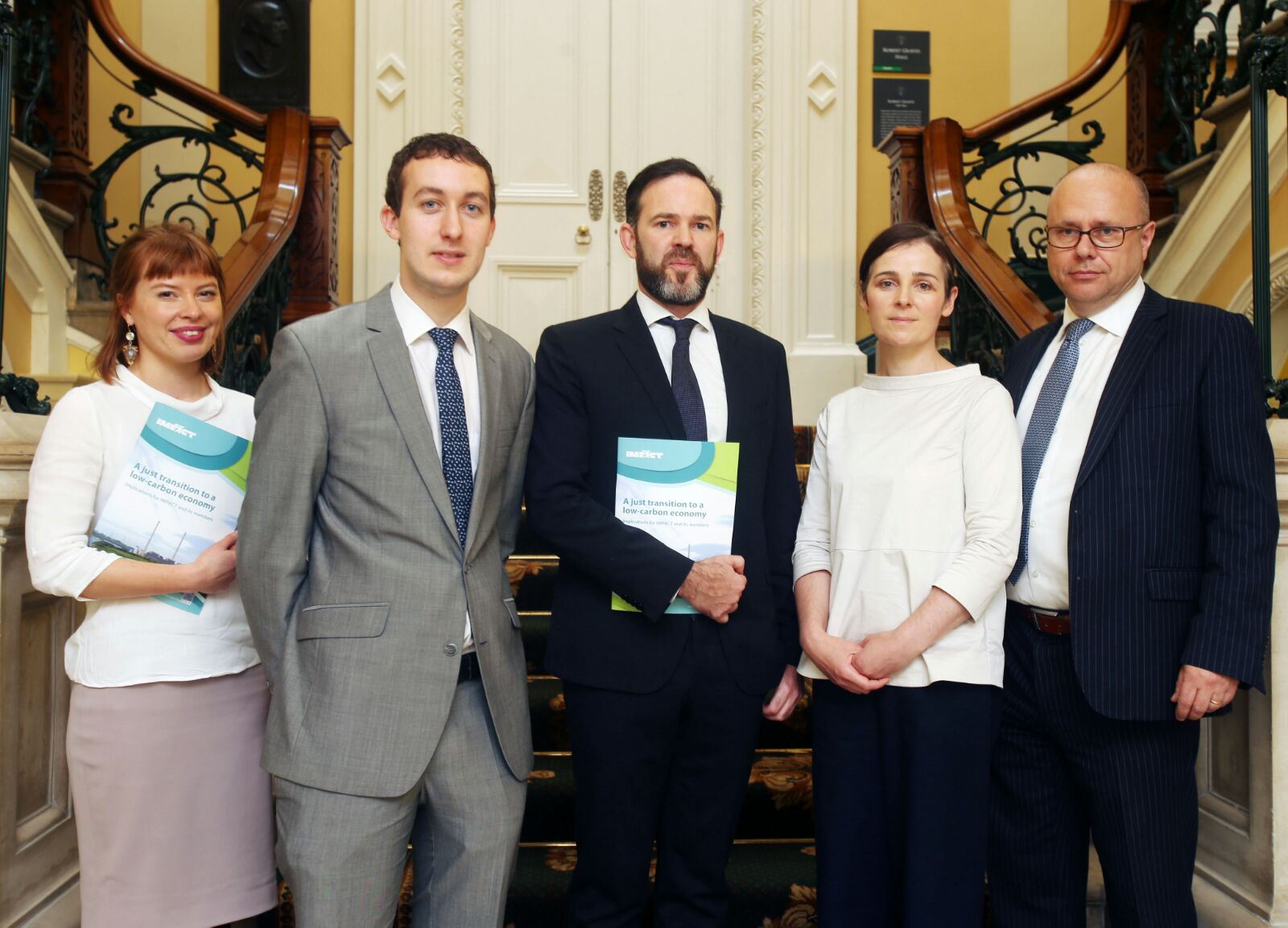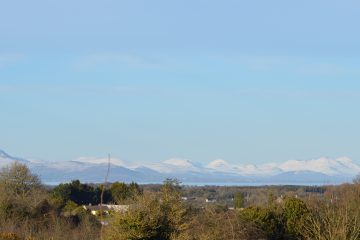Breaking down Equilibrium Climate Sensitivity with Prof John Sweeney

27 July 2020
Last week, a team of international climate scientists did something pretty cool.
After four years of researching, they were able to narrow down the range of Equilibirum Climate Sensitivity (ECS). Simply put, this is the amount of planetary warming we can expect if CO2 concentrations double from their pre-industrial levels.
So what did they find out exactly, and what does this mean for all of us as the climate crisis unfolds? We did some research and we had Intergovernmental Panel on Climate Change (IPCC) scientist Professor John Sweeney help break it down for us.
Previous ECS findings
So, as we’ve already established, ECS looks at the amount of warming we can anticipate to experience if CO2 levels double. The equilibrium part of this terminology is important, because it accounts for when all the feedbacks have balanced each other out.
“For example, it may well be that glaciers in Greenland take centuries to be removed, so we have to build in different response times to climate models as well, so that’s what we mean by equilibrium,” according to Professor Sweeney.
And for about forty years now, we’ve been working with what was a pretty wide range of estimates of probable ECS.
US metereologist Jules Charney suggested in 1979 that doubling CO2 emissions could warm the planet anywhere between 1.5 and 4.5 C.
To put that into context, the Paris Agreement wants to limit warming “well below” 2 C and ideally keep it to 1.5 C in order to ensure climate stability.
Extensive scientific research from the IPCC tells us that 2 C of warming would expose communities to increased droughts, fires, extreme weather, sea level rise, and other climate-related impacts.
4 C of warming is the setting that US journalist David Wallace-Wells refers to as “The Unhabitable Earth” in his longform and widely-read piece for New York Magazine and later in his 2019 book of the same title.
So there’s a big difference between our current climate of roughly 1 C of warming and possible higher temperature scenarios.
And just one more piece of background before we dive into what’s new – a doubling of CO2 from pre-industrial levels would be 560 parts per million (ppm), as pre-industrial levels were at 280ppm.
Right now, we’re at 416ppm and if we break that math down even further, that means we’re almost halfway to a doubling of CO2 scenario (which clocks in at 420ppm).
Okay, so what do we know now?
These new ECS findings published in the Review of Geophysics have narrowed the range significantly to be between 2.6 C and 4.1 C. The team said the best estimate of warming if CO2 emissions double would be slightly above the 3 C mark.
They also found that there’s a less than 5 per cent chance that ECS would be lower than 2 C in this scenario and that there’s a 6 to 18 per cent chance it’s above 4.5 C.
They based these conclusions on 3 lines on evidence: proxy measurements of Earth’s past climates, warming trends since the Industrial Revolution and present-day observations and physical laws.
This study as we can see really narrows ECS considerably and its 3 C estimate has been the “mid-range of most climate scientists for the past 30 years”, according to Professor Sweeney.
“So it in a way affirms what climate scientists have been saying for the past 40 years and it really gives credibility and corrobation for the climate models which have been based on that kind of narrower range”, he said.
And what does this all mean?
Narrowing the range gives us a better grasp of anticipating what a warmer world will look like. Within the scientific realm, it also reduces the scope of argument that the climate skeptic community has had around climate sensitivity being as low as 1 C, or even less than that.
For policymakers, narrowing uncertainty bands means we are, “able to place more credibility on many of the modelling outputs that have taken place”, Prof Sweeney tells us.
The report means that while we don’t have to worry too much about there being a 4.5 or 5 C response to a doubling of CO2, we shouldn’t anticipate a minimal response to greenhouse gas loading either.
But we do need to accept that, “we’re on course for 3 C warming if and when we double the CO2 in the atmosphere,” Prof Sweeney warns.
So, in a nutshell, should I be optimistic or pesmissitic about these findings?
Well, neither really. Because it’s an update on the science, not the policy actions needed to address the climate crisis.
The findings, as Prof Sweeney puts it, “provides further vindication of the existing science”.
“It simply says we have been on the right line scientifically in terms of what we’ve estimated as drivers for climate models in the past and therefore we can at least put to bed the last remaining skeptical arguments about climate sensitivity,” He told us over the phone.
One of the report’s authors, Dr. Kate Marvel of the NASA Goddard Institute, listed her key takeaways from the findings, among which was her assertion that humanity, at the moment, is not currently “doomed”.
She also retweeted a status from June 2019, and asserted in the wake of the findings that last year’s assumption was still true:
“Humans probably won’t go extinct because of climate change, but we should shoot for something better than ‘not extinct’, come on people raise your standards”.
A huge thank you as always to Professor John Sweeney and if you’d like to hear more about Kate Marvel’s work, check out this 2019 interview she did on the Ezra Klein show.







